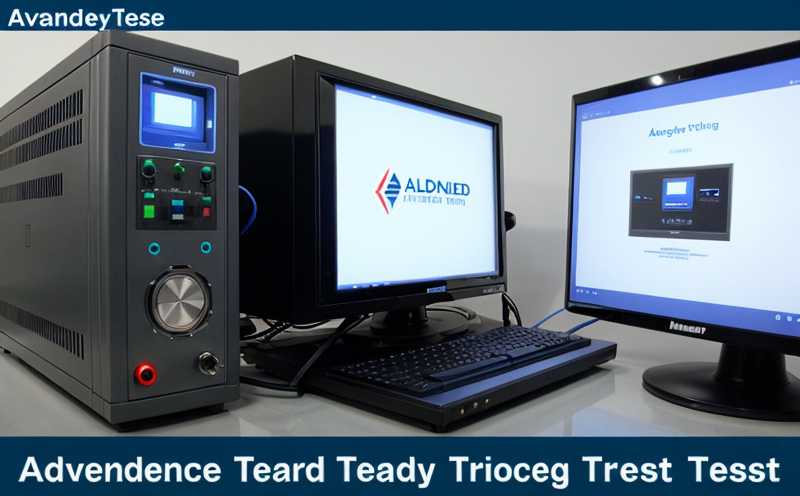IEC 60749-12 Moisture Resistance for Advanced Packages Testing
The IEC 60749-12 standard provides a detailed methodology for assessing the moisture resistance of advanced semiconductor packages. This test is crucial in ensuring that microchips and other electronic components can withstand environmental conditions, which is particularly important for devices used in harsh or humid environments.
Advanced packages often incorporate multiple layers and complex interconnections that make them susceptible to moisture ingress, leading to potential failure. The IEC 60749-12 test aims to evaluate the effectiveness of protective measures such as encapsulants, coatings, and other barriers designed to prevent moisture from compromising the integrity of the package.
The test involves submerging the packaged device in a controlled environment for a specified duration. The environmental conditions are carefully monitored to ensure consistency with the prescribed parameters. After the immersion period, the specimens undergo thorough inspection to identify any signs of moisture damage or degradation.
Quality managers and compliance officers rely on this testing method to ensure that their products meet stringent international standards, thereby enhancing reliability and safety in applications like automotive electronics, industrial control systems, and consumer devices.
R&D engineers can leverage the results from this test to optimize the design of advanced packages. By understanding the moisture resistance capabilities of various materials and structures, they can make informed decisions about material selection and packaging strategies that improve overall performance.
The process begins with careful preparation of the specimens according to IEC 60749-12 guidelines. This includes ensuring that all connections are intact and that any protective coatings or encapsulants are applied correctly. Once prepared, the specimens are subjected to a series of environmental conditions designed to simulate real-world exposure.
The testing apparatus used in this process typically consists of specialized chambers capable of controlling temperature, humidity, and other relevant parameters. The use of advanced instrumentation ensures precise control over these variables, allowing for accurate replication of expected field conditions.
Upon completion of the immersion period, detailed inspections are conducted to assess any signs of moisture damage. This may involve visual inspection using high-resolution cameras or more sophisticated techniques such as X-ray imaging and cross-sectional analysis. The findings from these assessments provide critical data that can be used to refine packaging designs and improve overall reliability.
The results of the IEC 60749-12 test are reported in a comprehensive manner, detailing the performance under specified conditions. This information is invaluable for quality assurance teams who use it to validate compliance with relevant standards and specifications.
Applied Standards
| Standard Name | Description |
|---|---|
| IEC 60749-12 | Specification for moisture resistance test of semiconductor packages. |
Why Choose This Test
- Ensures compliance with international standards.
- Improves product reliability and safety.
- Provides valuable insights into material performance under real-world conditions.
- Supports continuous improvement in design through detailed data collection.
- Avoids potential failures due to moisture ingress, enhancing overall quality.
International Acceptance and Recognition
The IEC 60749-12 test is widely recognized and accepted globally. Its rigorous methodology ensures that the results are consistent across different regions, making it a trusted standard for quality assurance in the semiconductor industry.
Many countries have adopted this standard as part of their regulatory framework, ensuring that products meeting these criteria can be used with confidence in various markets. This international acceptance enhances market access and fosters collaboration among manufacturers and regulators worldwide.





